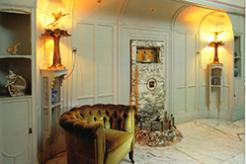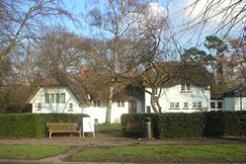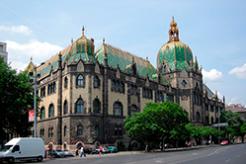




Author: Ivans Paukovs, Dr.art.
What is to be done with this Progress?
The public of London had seen nothing like this before. Many had read in newspapers about the latest wonder of construction – the Crystal Palace – but no existing architecture could match the object that was being built now. The gigantic modular, transparent structure, intended as the central pavilion of the just opened Great Exhibition, possibly did not look exactly like a palace but it was not a temporary exhibition pavilion either. In all, it could be anything – a railway station, a roofed market or manege; it was easier to say what it could not be, according to the invited engineers and architects, because anything could be assembled of these cast-iron and plate-glass elements. This was much more than a temporary pavilion!
It was in 1851. This mega pavilion had indeed a little more time to exist than initially planned. A permanent fascination for masses of people, it probably would have survived till the present if it had not been destroyed by fire in 1936.
But if someone were to say to the Palace’s designer Joseph Paxton on the opening day that this moment launched the history of the latest architecture, he certainly would have perceived this as a joke, possibly a somewhat tasteless one because of its flattering tone.
Be it as it may, he would have returned the joke like any Englishman with decent upbringing.
Possibly things happened this way but such trivial matters have not come down to us.
As any rational man of the Victorian epoch, Paxton considered modesty, either true or not exactly, to be the greatest virtue. His career also seemed to be modest, shaped by continuous effort, consequential promotion and rather little success. Gardener by profession, Paxton was fascinated for some time with building conservatories. 16 years after his first medusa-shaped Great Conservatory in Chatsworth, he constructed the next one with a simpler silhouette but measuring 101 metres in length that was a record in 1848. Then processes developed more rapidly and just three years later the world saw the Crystal Palace that immortalised the former gardener. Did he understand what circles he had joined, of course, besides those of the high society? This is a good question.
The Great Exhibition was also attended by the young but already influential art critic John Ruskin who then worked on one of his best books The Stones of Venice. Ruskin did not know Paxton and was not eager to meet him. Many years later Ruskin admitted that the Crystal Palace was among the ugliest buildings he had ever seen.
More information will be available in the virtual exhibition, which will be established till April 2016.